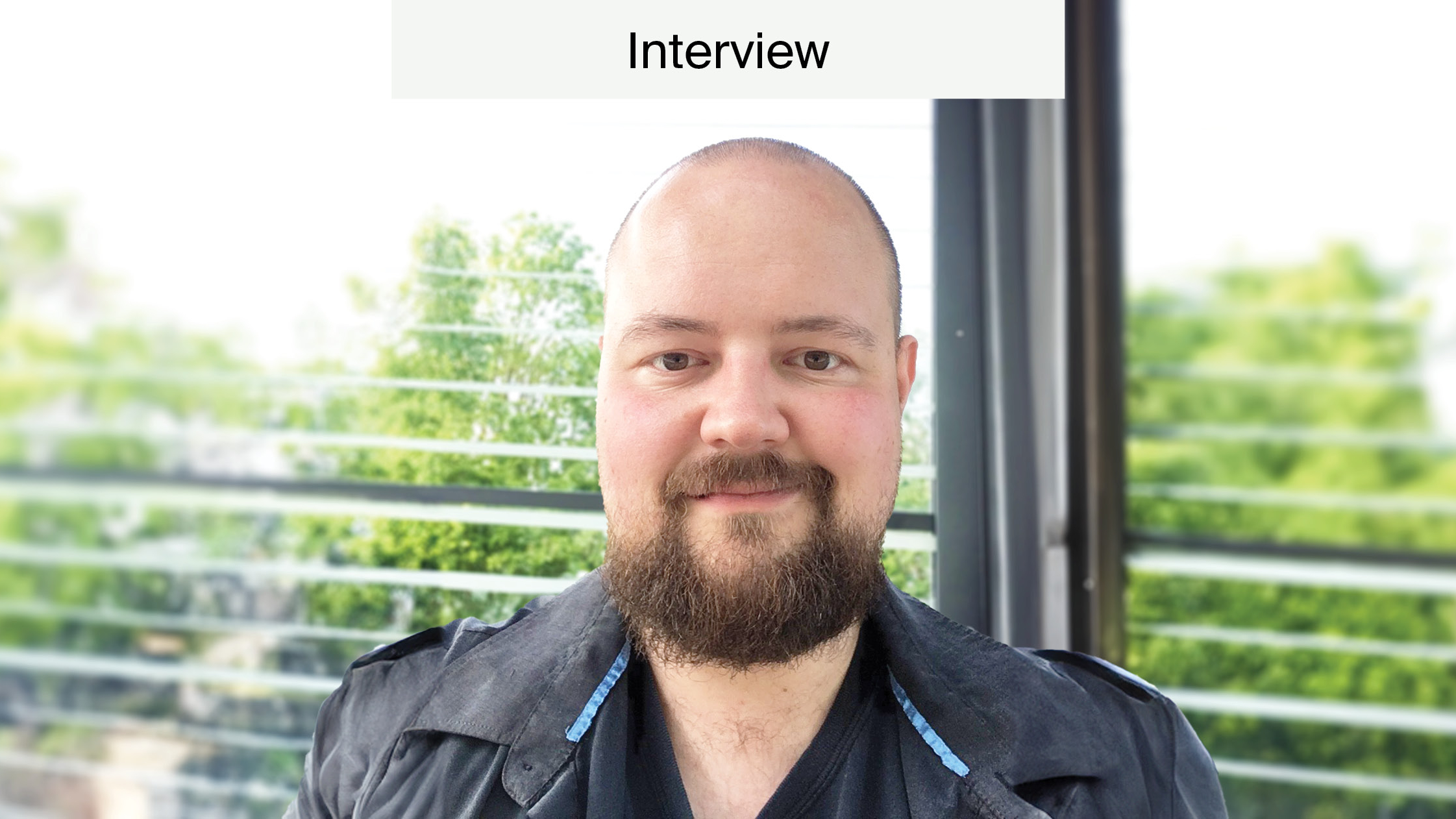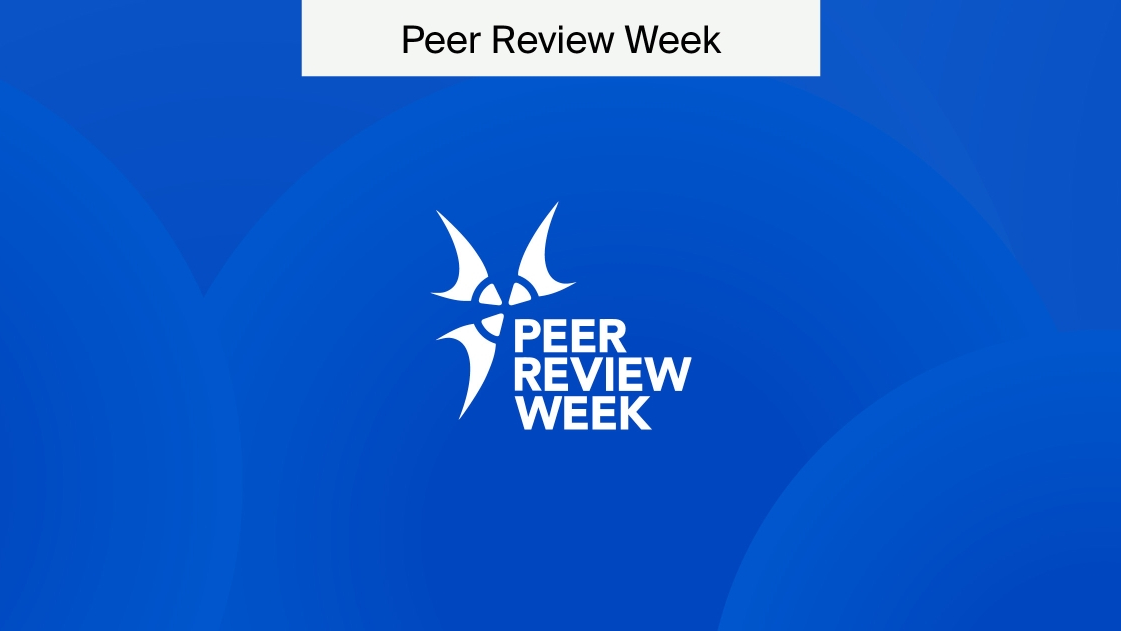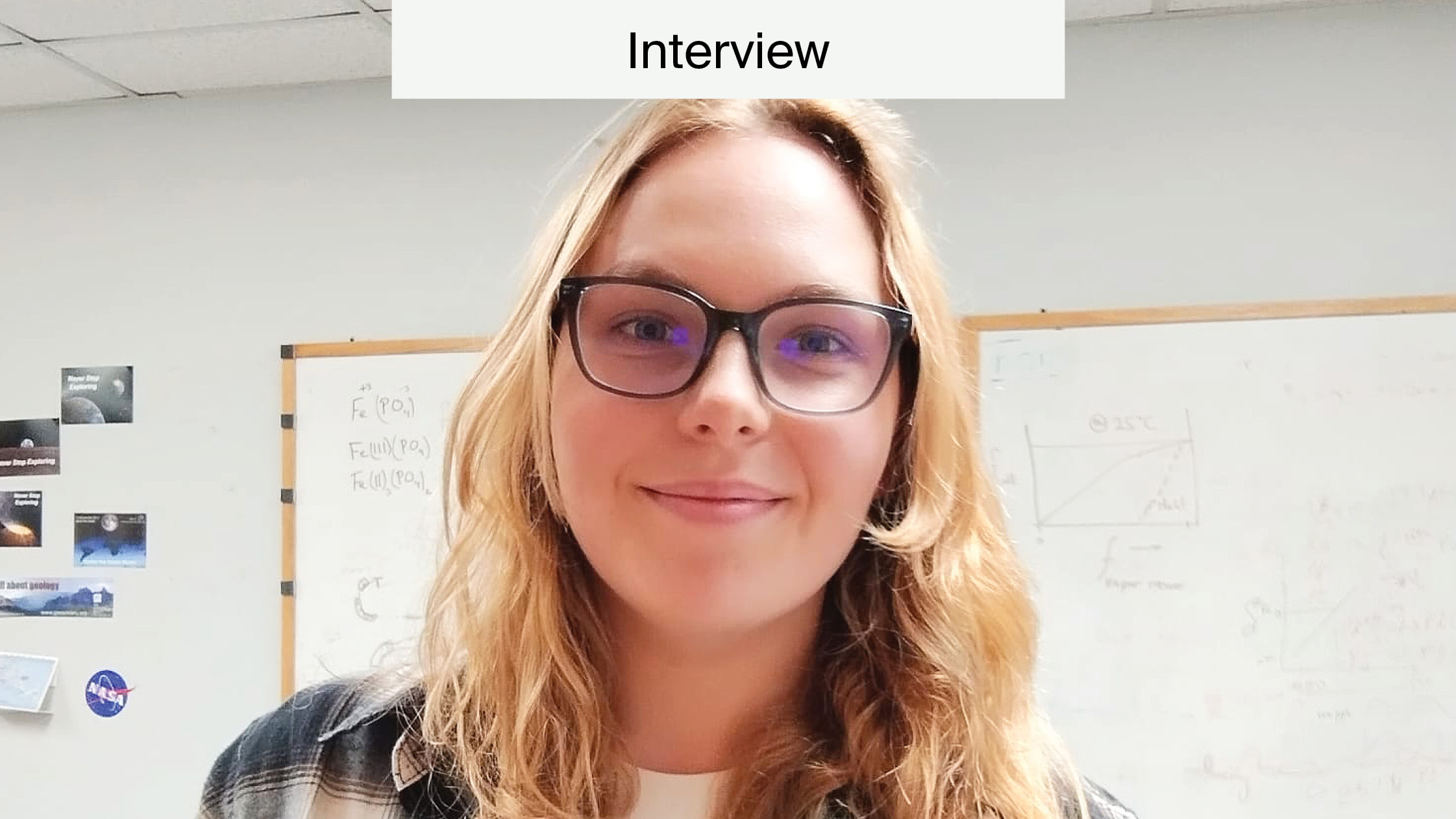
The Importance of Special Issues
Special Issues (SIs) are a key component of MDPI’s publishing strategy. They are beneficial to both authors and readers, allowing related cutting-edge research papers to be grouped together. There are advantages to having similar studies all in one place. For example, Special Issues can be easily searched for using the MDPI website.
But what goes into setting up Special Issues? We spoke to Dr. Anya Osborn, a Special Issue Editor in our Manchester Office, about her role in the process.
What journal do you work on and how long have you been with MDPI?
Anya Osborn: I’ve been with MDPI for just over two years, working on the journal Cancers. I started as an Assistant Editor, and more recently, I have moved to become a Special Issue Editor.
What does the role of Special Issue Editor entail?
AO: I investigate any gaps in the current research fields covered by the journal and search for a suitable guest editor. Once we’ve got a guest editor agreed, we have ongoing communication and discuss potential authors. The guest editors will then personally invite their peers to submit to the Special Issue.
Alongside this, the in-house team will also suggest other active researchers who have previously published within the field to the guest editor for approval. Once approved, we then invite the potential authors to submit. Once the Special Issue is open, we wait for submissions and act as a point of contact for the guest editor, who curates the Special Issue.
Can you walk us through a typical day as a Special Issue Editor?
AO: At the start of my day, I start with my Assistant Editor responsibilities. I go through my manuscripts and invite peer reviewers, and follow up any manuscript issues. Once this is done, I start on my Special Issue work. The majority of my time is spent scouting out potential guest editors for my proposed SI titles. I also spend a bit of time going through my open SIs and checking up on guest editors, making sure they’re fully supported in their responsibilities.
What SIs are you working on at the moment?
AO: I’m currently focussing on a range of topics in the cancer field, including “Advanced Research in Multiple Myeloma” and “Current Advances in Systemic Therapy for Unresectable Hepatocellular Carcinoma”.
What are the benefits of submitting to a Special Issue?
AO: It allows authors to submit their research to be part of a specific collection of articles rather than just in the entire journal. There are many benefits to this, including more social media and conference publicity, and the guest editor will help with publicising published papers. To submit to a specific Special Issue, authors can notify the Editorial Office when submitting their manuscript via SuSy.
What are the benefits of guest editing a Special Issue?
AO: It gives academics the opportunity to collaborate with peers and encourage people to publish research that they are working on. It allow the guest editor to hand-pick other prominent experts in the field. It’s a great networking opportunity to interact with other scholars, and to keep up to date with other cutting edge research in their area of expertise. It is good for the guest editor for their academic record and allows them to gain publicity on their work.
What are the responsibilities of a Guest Editor?
AO: They are encouraged to invite colleagues within their research field. The main responsibilities include preparing the Special Issue title, deciding the scope, and preparing a summary before it is launched. Once online, the guest editor pre-screens manuscripts and makes decisions after peer review has been carried out. They’re also involved in promoting their Special Issue via social media and at conferences.
What’s the timeline for setting up and running a Special Issue?
AO: It usually takes 2-3 weeks to set up a Special Issue, as we ask guest editors to finalise the exact scope of the Special Issue with an informative summary. Once online, the Special Issue stays open for, on average, 10-12 months, although extensions are available in select cases. While open, authors can send a tentative abstract to the guest editor for consideration.
What happens once the Special Issue has closed?
If it’s successful, the guest editor can request for it to be published in book form. This is produced by the MDPI Books (for more information about this service, please see our blog post on the topic) team. Alternatively, if there is a lot of interest in the topic, the journal may decide to open a topical collection with the same scope. This will continue the life of the Special Issue.
To browse the extensive collection of open Special Issues, head on over to the MDPI website.










